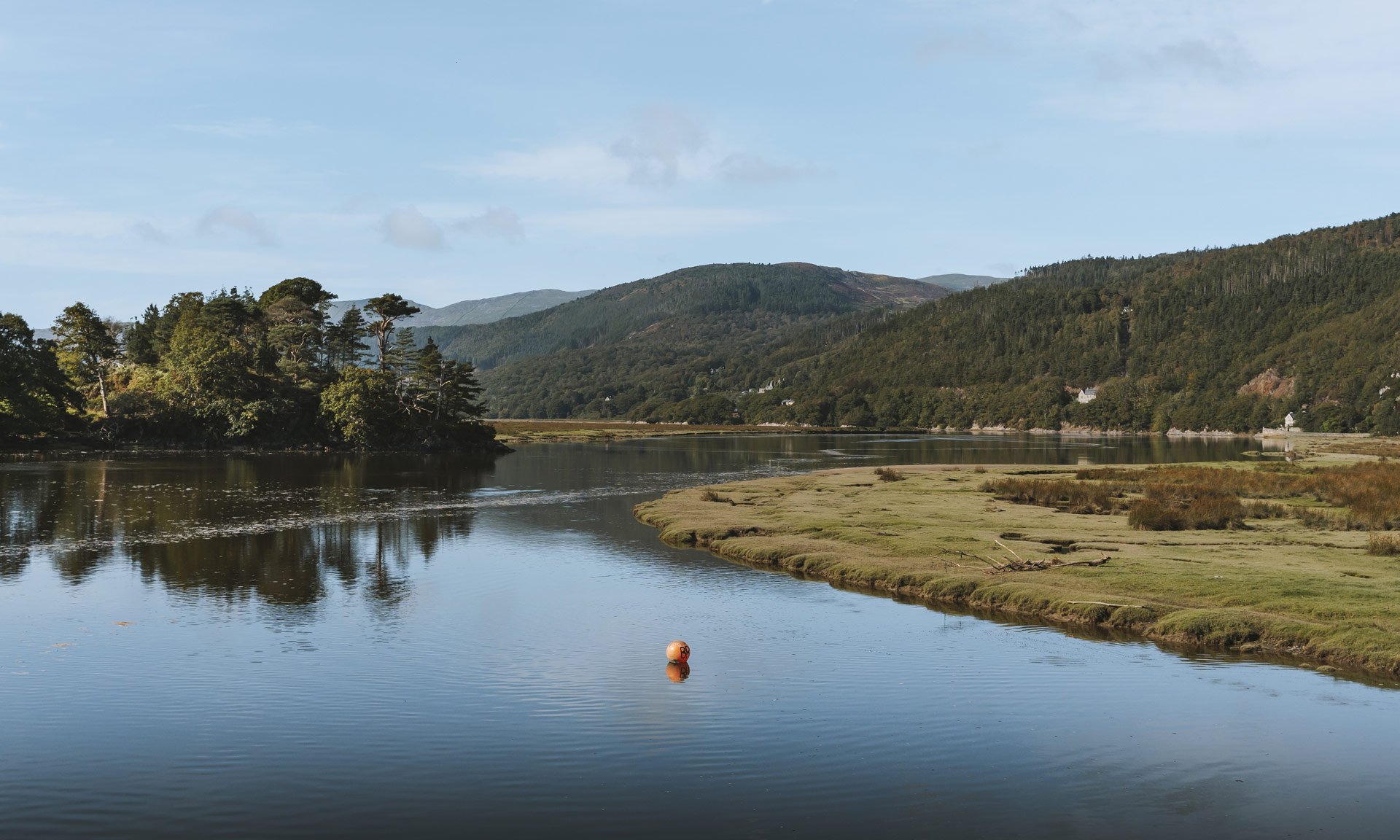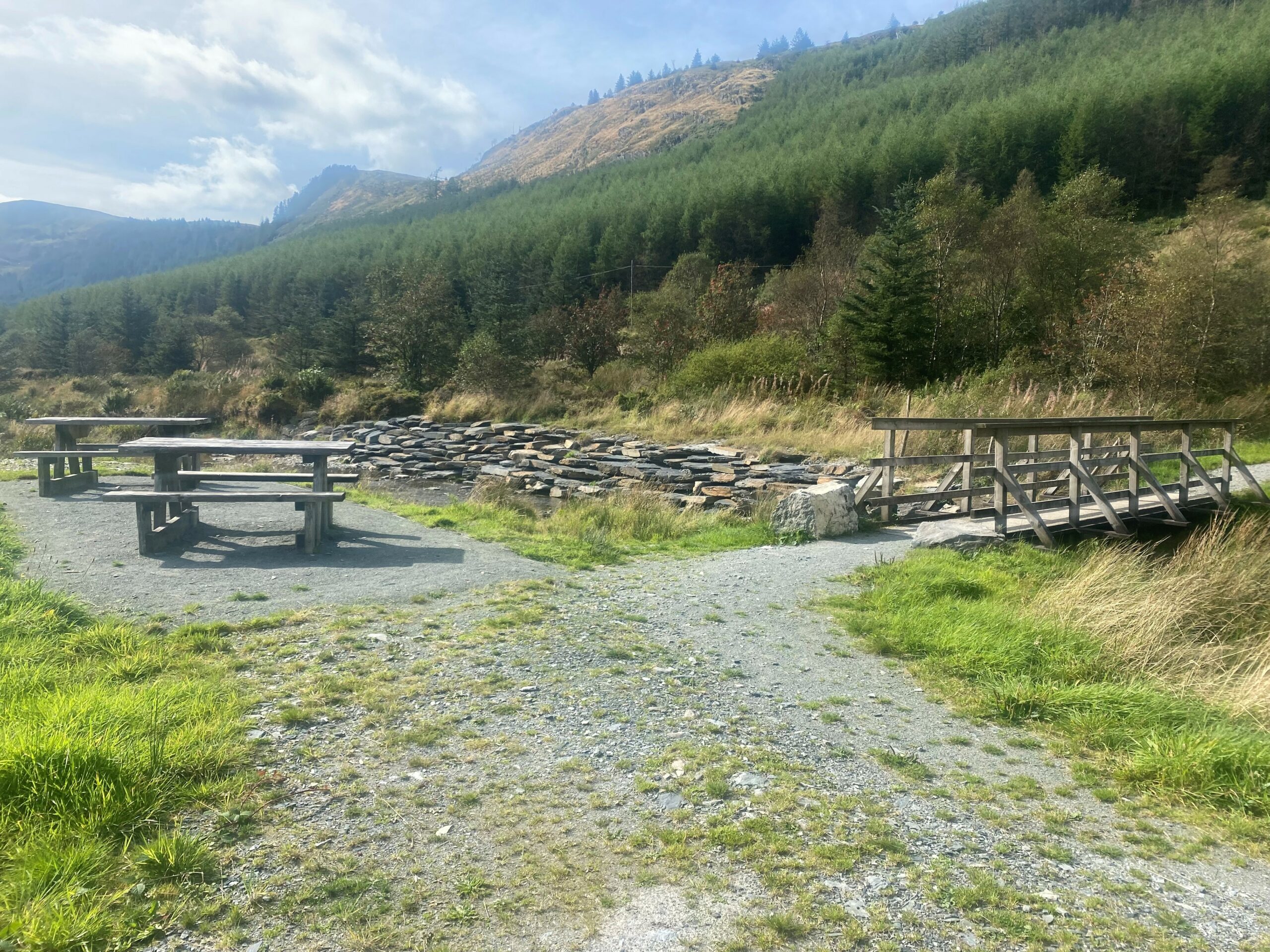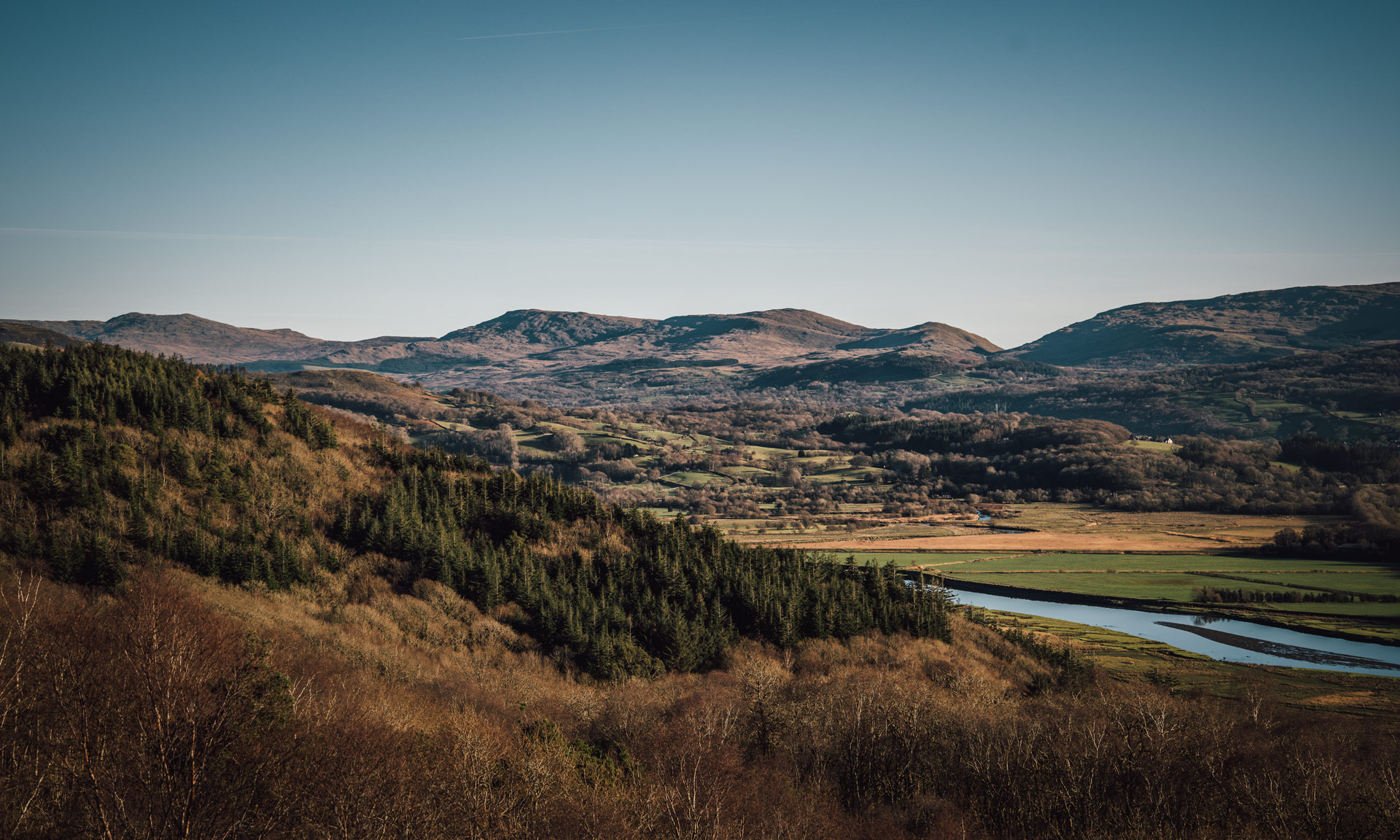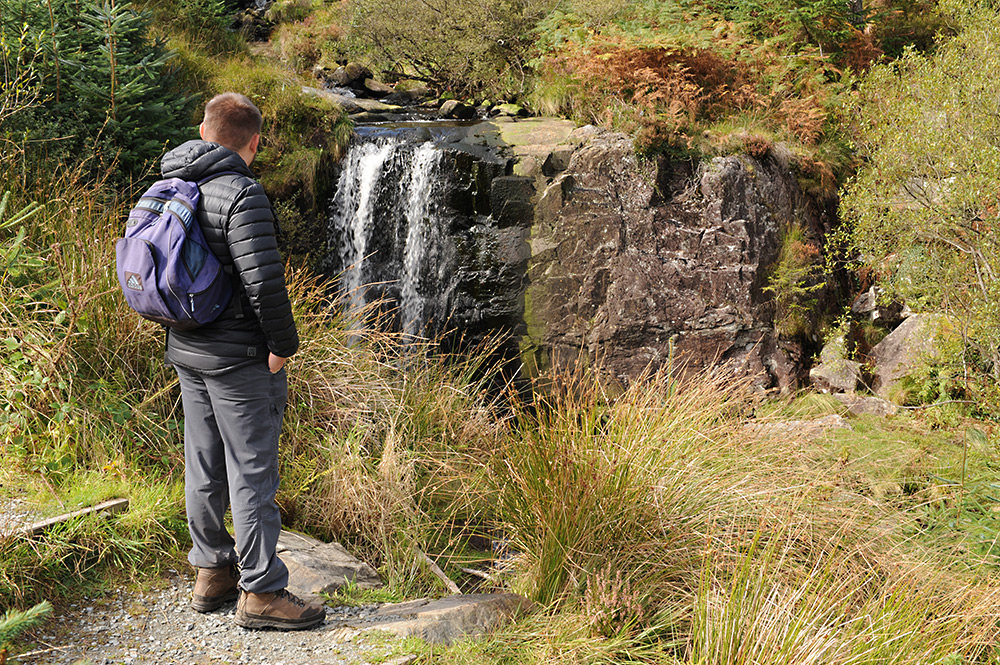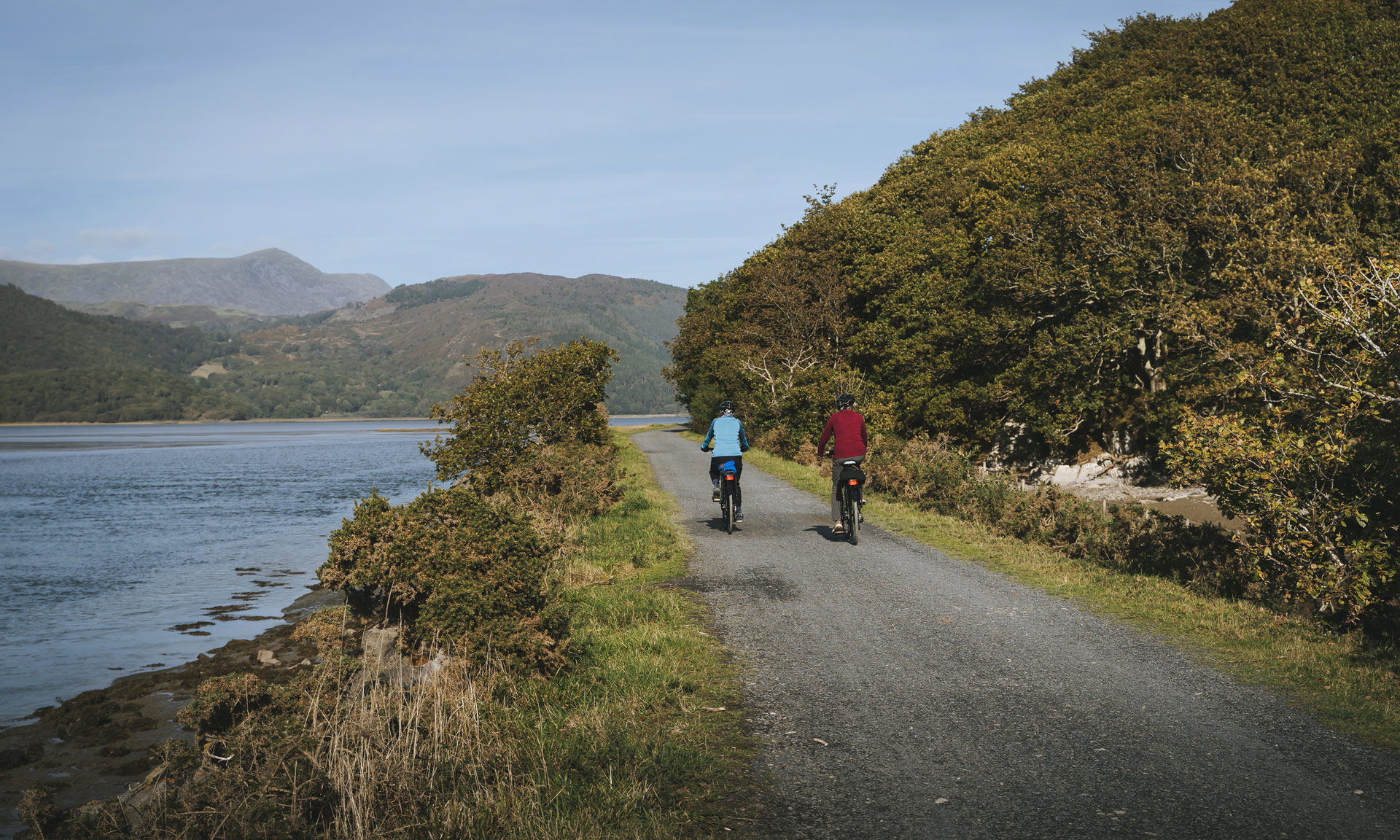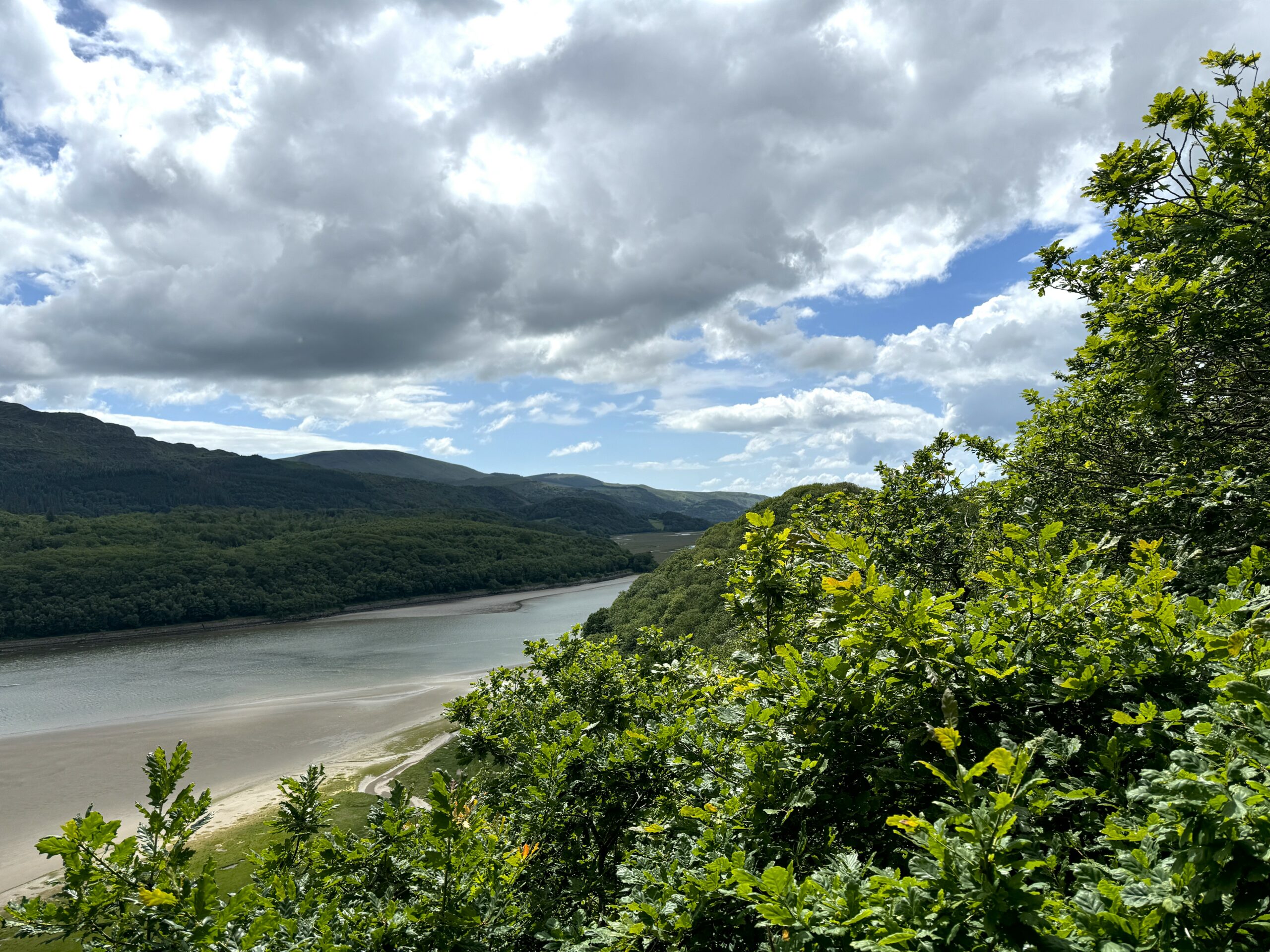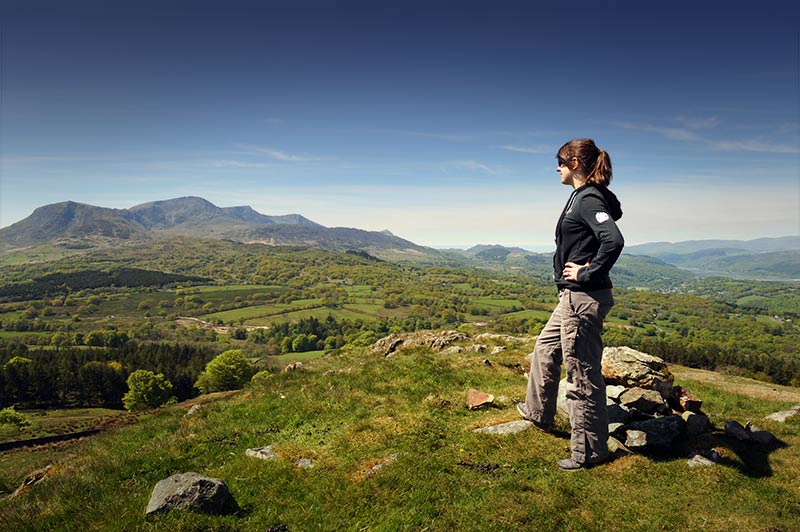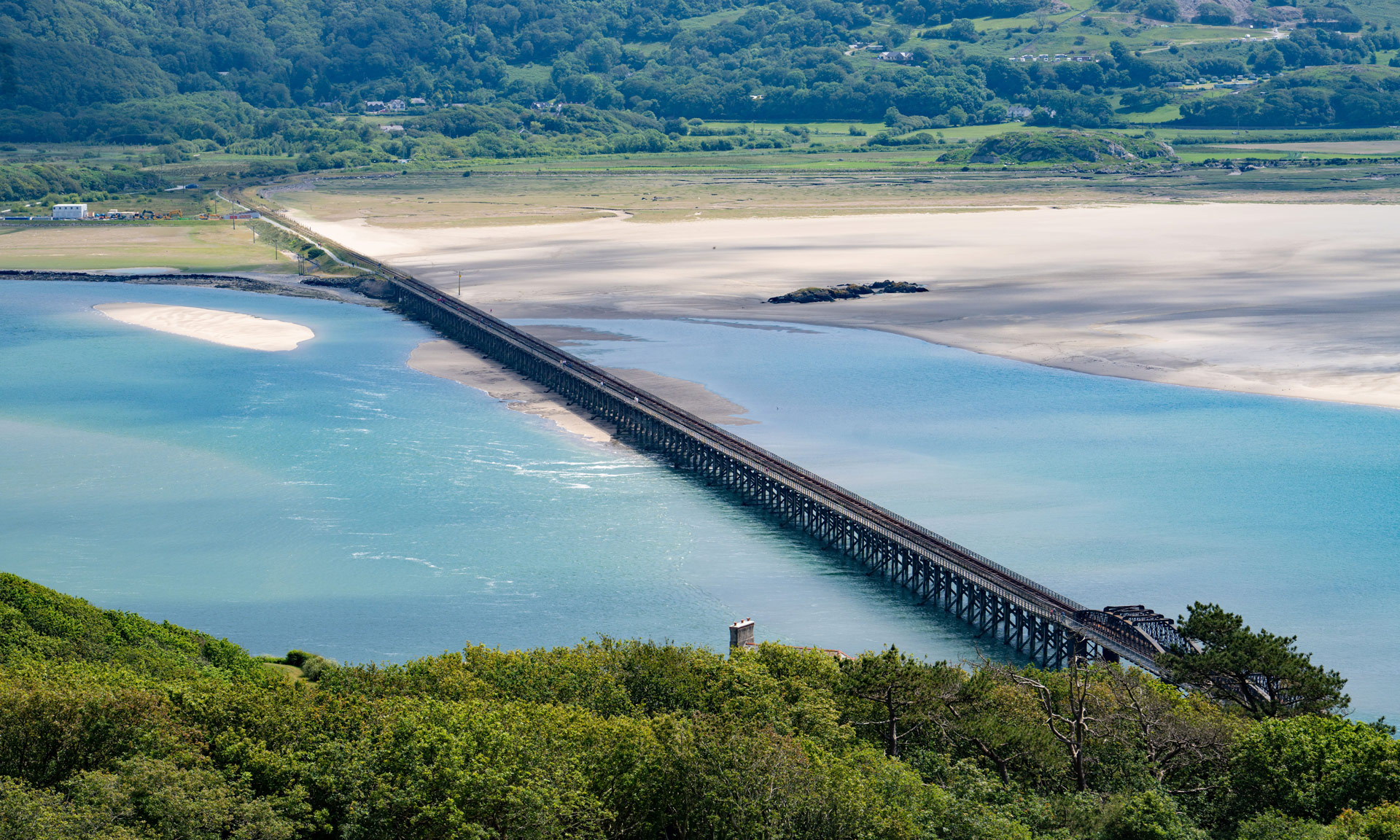The shorter of two routes through the historic valley of Cwm Penamnen
Cwm Penamnen is a valley that leads southwards from the village of Dolwyddelan. From its ancient Roman road to its towering medieval castle, Penamnen is home to many of the National Park’s lesser-known historical treasures.
This circular route will begin at the small village of Dolwyddelan and ascend gradually through the valley’s woods. It returns to Dolwyddelan along a section of the ancient Roman road, Sarn Helen.
Why this path?
It’s possible to explore Cwm Penamnen along two different routes. The longer, 3-hour route will take you to the head of the valley near the eastern foothills of Moel Penamnen before returning to the village of Dolwyddelan. The shorter, 1-hour alternative will take you a third of the way up the valley before joining the longer route on its return to Dolwyddelan.
© Crown copyright and database rights OS AC0000825604. Use of this data is subject to terms and conditions.
The National Park Authority has categorised this route as an easy route. It is suitable for people of most ages and fitness levels. The terrain is predominantly a well-formed track or path with some steps or surfaces that are gently undulating. Trainers or comfortable walking shoes are recommended.
Start / Finish
Car park at Dolwyddelan train station
Relevant OS Map
OS Explorer OL18 (Harlech, Porthmadog & Bala)
Always park in designated parking places and never in areas where you block entrances to fields or residential areas.
Dolwyddelan Train Station Car Park
Stay safe and help protect the countryside by reading the information about safety and following the Countryside Code.
Dolwyddelan Castle
Dolwyddelan Castle is part of a series of mountain castles thought to have been built throughout Eryri by Llywelyn ap Iorwerth (Llywelyn the Great). Dolwyddelan was one of the Conwy area’s Welsh strongholds, with stunning views of the surrounding mountains.
Llywelyn was the prince of Gwynedd from 1195–1240, and Dolwyddelan Castle was purpose-built at the turn of the 13th century to protect the mountain pass.
Only one tower remains intact to this day. The ruins of the tower built by Edward I can be seen, along with the remains of the castle enclosure.
Sarn Helen Roman Road
Sarn Helen is a Roman road stretching in several small sections from Aberconwy to Camarthen. The 160-mile route is believed to be named after Saint Elen of Caernarfon. Saint Elen was a Celtic saint whose story is told in ‘The Dream of Macsen Wledig’—part of the collection of mythical Welsh language tales, Y Mabinogi.
You will walk along Sarn Helen as you return to Dolwyddelan. This particular part of the Roman road connected the forts of Tomen y Mur near Trawsfynydd and Caerhun in the Conwy Valley.
Penamnen Houses
On your return to the village of Dolwyddelan, you will pass the ruins of Penamnen Houses. Dating back to the early 15th century, Penamnen Houses are believed to be the seat of Maredudd ap Ieuan, Head of the Royal House of Cunedda. Maredudd originally occupied nearby Dolwyddelan Castle before abandoning it in favour of Penamnen Houses. He moved into the residence with several of his women and his 20 children.
Maredudd’s descendants were to become the Wynne’s of Gwydir Castle—a fortified manor house on the outskirts of Llanrwst.
